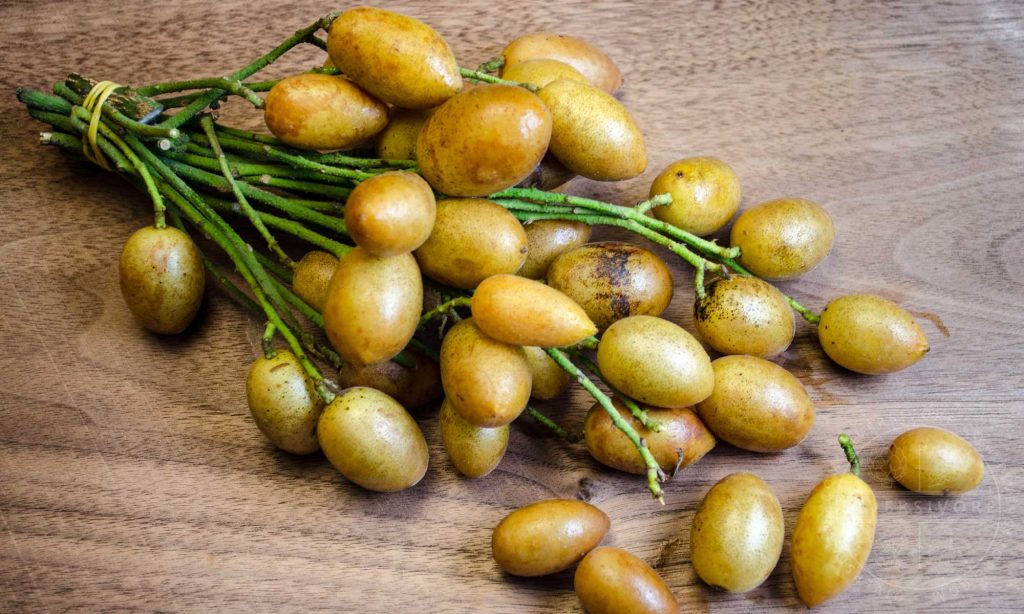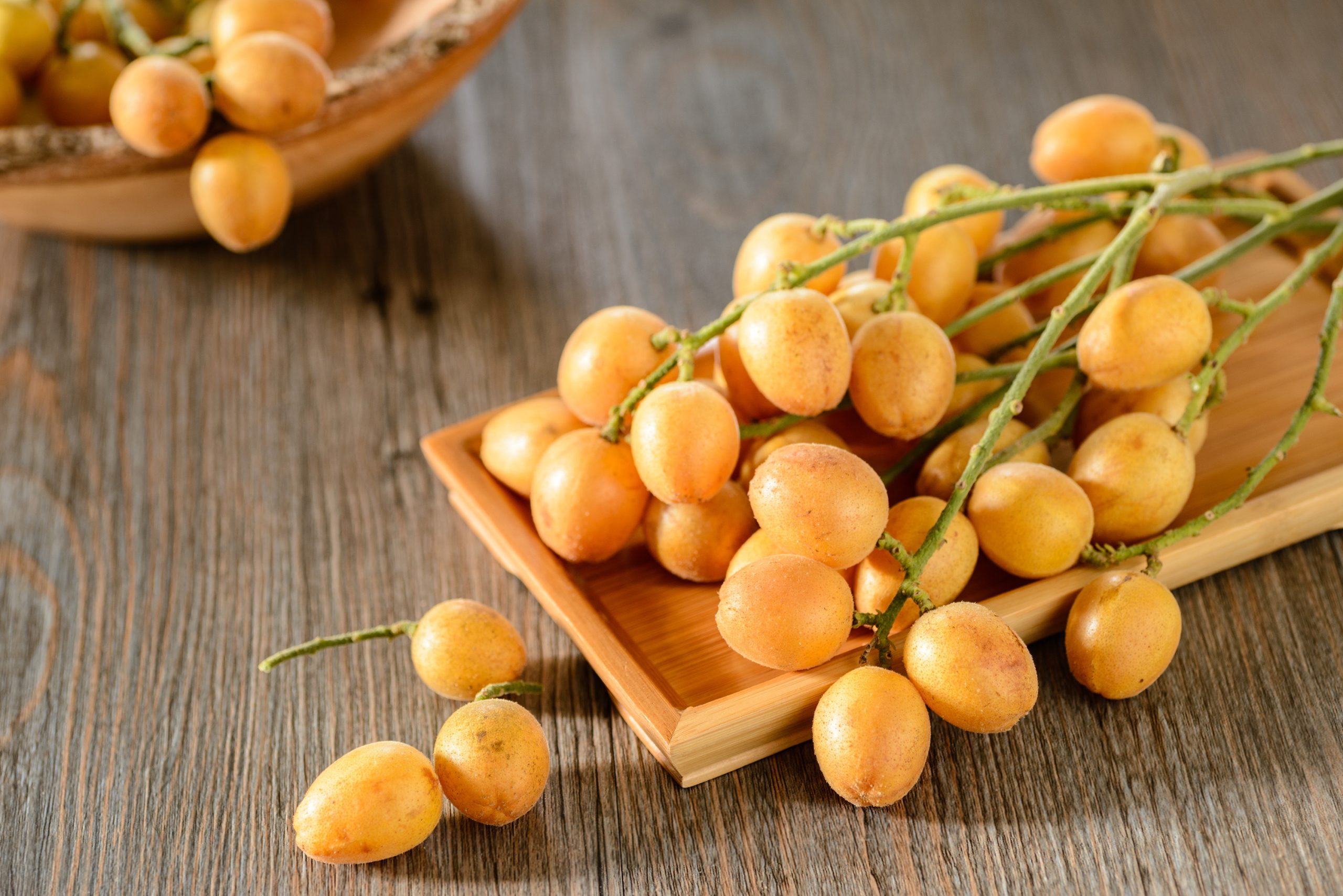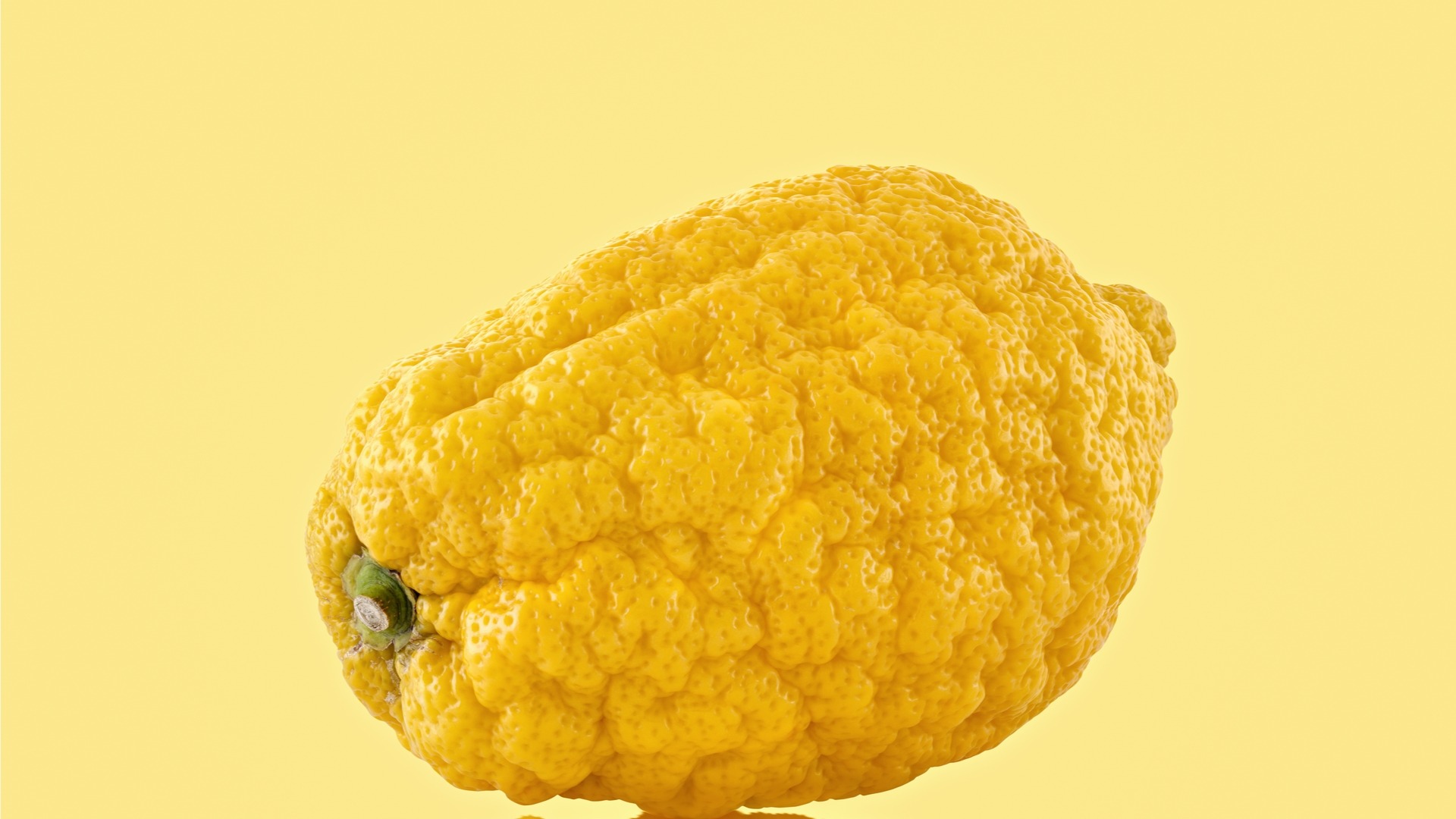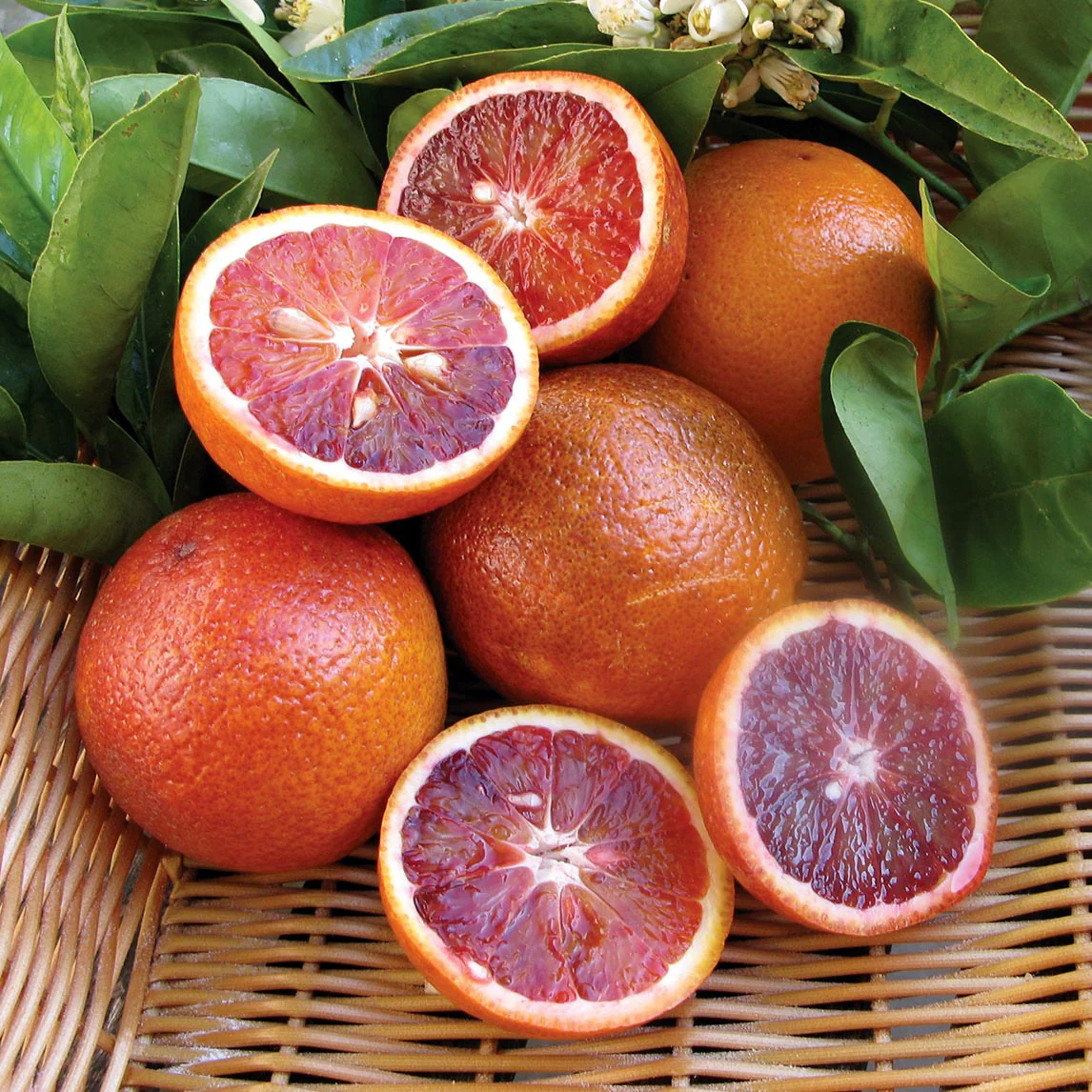Wampee (Clausena lansium): Fruit Characteristics, Varieties, Nutrition, and Distribution
Wampee (scientific name: Clausena lansium) belongs to the Rutaceae family within the Clausena genus. This subtropical evergreen small tree or shrub is beloved for its tangy-sweet fruits that boast a distinct flavor.

Fruit Characteristics
Wampee fruits are berry-like drupes that can be round or oval depending on the variety. They typically measure between 1-3 cm in diameter and grow in clusters. When ripe, their smooth skin can appear yellow, yellow-brown, or purplish-red, often speckled with tiny spots. Inside the fruit lies milky white or translucent flesh that is soft and juicy, with a sweet-tart taste accompanied by a unique aroma; some varieties may have a slight bitterness. Each fruit contains 1-5 green seeds that are notably bitter.
Varieties
Wampee comes in several varieties distinguished by their size, color, flavor profile, seed count, and ripening period:
- Chicken Heart Wampee: Heart-shaped fruits that are larger with thick flesh; they offer an optimal balance of sweetness and tartness.
- Sweet Wampee: Smaller fruits but exceptionally sweet with minimal acidity; perfect for eating fresh.
- Sour Wampee: More acidic fruits commonly used for making preserves or condiments.
- Seedless Wampee: Cultivated to have few or no seeds, making them easier to eat.
- Red-Skinned Wampee: Ripens into purplish-red fruits known for their distinctive taste.
Nutritional Value and Health Benefits
Wampee is packed with nutrients, including high levels of Vitamin C, various amino acids, organic acids, flavonoids, and trace elements. Traditionally, it has been used to aid digestion, relieve stomach aches, improve circulation to reduce pain, and clear phlegm to ease asthma symptoms. Modern studies suggest it also has antioxidant and anti-inflammatory benefits.
Distribution and Cultivation
Native to southern China and Southeast Asia, where it has been cultivated for centuries, China remains the largest producer of wampees today. These trees thrive in warm, humid climates with plenty of sunlight and well-drained acidic soils. They are highly adaptable within subtropical regions, where they are commonly grown using grafting techniques or cuttings.



